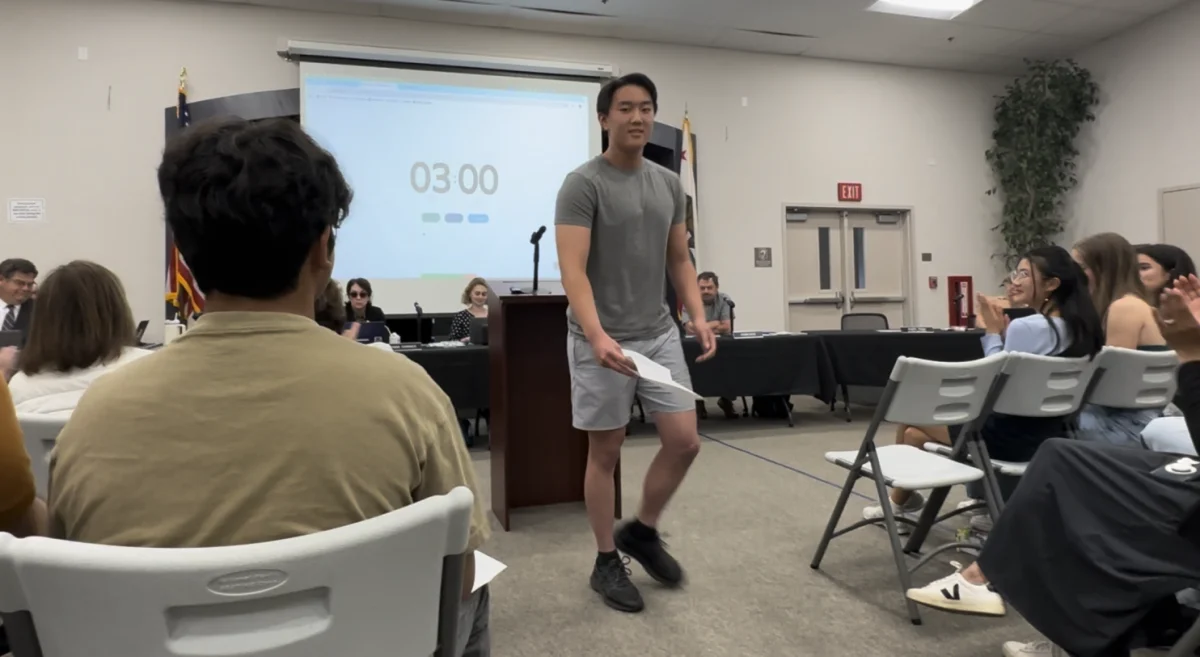January 29 was the bloodiest day in Syria’s violent two-year old Civil War when it claimed the lives of 397 citizens. Across Syria, clashes between rebels and government forces resulted in heavy casualties for both civilian and military populations. It is still unknown how many innocent children died—the news sources either couldn’t determine an exact figure or didn’t report it.
On December 14, Adam Lanza shot and killed 20 children and 6 adults in an abominable demonstration of violence, prompting national debate about gun control and school safety. Images from the Sandy Hook Elementary shooting, as it came to be known, circulated for weeks as the aftermath was covered extensively, from funerals for the deceased to interviews of the survivors.
While comparisons between the two incidents are impossible to make, when taken together the events provide for evidence a subtle but definitive skew in the media’s coverage of deadly acts. When shootings occur in the United States, every medium is used to cover the incident and its aftermath. Newspapers, websites and television shows all provide their own perspective; in doing so the atrocity is exposed and opened for analysis. This system is effective because of sensationalism—no one could have avoided reading about the event or seeing images of the victims. When the Sandy Hook Elementary news first broke, the focus centered on controlling the situation and providing accurate—if limited—information about victims and the shooter. And while rumor filtering wasn’t perfect, the method succeeded in informing the public about the event in real time. As the weeks progressed, however, the focus quietly shifted to the significance of the event and its future ramifications. Laws were revisited, and questions arose regarding school safety and children’s security. In making this transition, the media connected emotion to what would otherwise feel like a distant, remote horror. These connections establish the foundations for proactive action, as demonstrated by new gun control legislation proposed by various Congress representatives in the following weeks.
The coverage of international incidents differs greatly from incidents in the United States. Often short articles—scarcely a body count and summary—are the only way of knowing what happened. These articles commonly go unnoticed, because the attention is drawn away from international incidents. This skew is perhaps most apparent in the absence of coverage regarding the Syrian Civil War. According to CNN News, since March of 2011, an estimated 60,000 militants and civilians have been killed. Every month almost 3,000 Syrians are killed. In other words, approximately 4.8 Sandy Hook shootings every day.
But what news is ever published about the conflict?
In the first weeks, as the rose bud of revolution opened toward full-fledged war, the New York Times published between three and five articles every day about the conflict. Descriptions of strategies, leaders, factions and battlegrounds swarmed the media. As time progressed, however, the nation moved on. Between December 18 of 2012 and January 1 of 2012, when the conflict drastically escalated, not a single article was published by the New York Times about the war, even as military action increased across the nation.
The reasons for an absence of news are both varied and justified, but the most important reason is an overwhelming disconnection from what is seen by many as a distant, foreign war. Empathy for people across an ocean and in a situation radically different from our own is understandably difficult. But, United States information sources should attach a similar emotional connection to international incidents. They must ask probing questions about the role of the United States in international affairs, or prompt vocal protest against tyrannical governments. In return, the general public should make an effort to learn about the issues outside of our borders, and have consideration for what is happening on a global level. Even we, as students, can be aware of these issues and follow them through these sources.
A dedicated United States can accomplish astonishing things. We are capable of more than we know—new gun control laws are proof of that. If we as a national community focus equally on international and domestic incidents, we may be able to advocate for change as a way to silence the guns in Syria alongside those in the United States.








